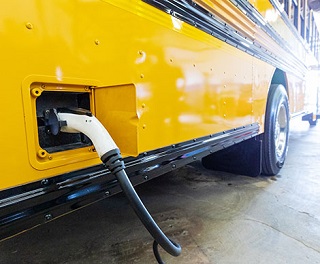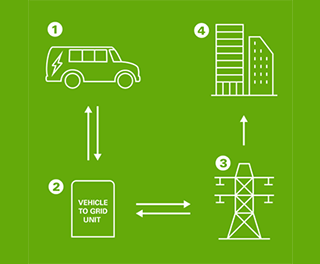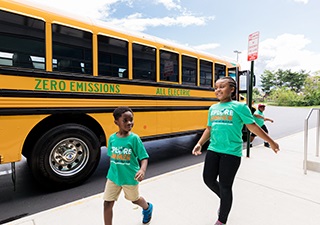How can we help you?


At Dominion Energy, we are committed to helping Virginia become a leader in clean transportation for students, while reducing our carbon footprint and helping our customers do the same. In 2019, we announced that we would partner with Virginia school districts as they began replacing diesel buses in their fleets with electric models.
We will continue our commitment by providing fast-charging solutions to help school districts that receive electric school bus funding from federal and state grants. This ongoing initiative will further benefit our environment, our communities, our schools, and most importantly, our children.

Replacing one diesel bus can reduce greenhouse gas emissions by 54,000 pounds each year.
The air quality inside a diesel bus is 5x worse than outside the bus. Replacing a diesel bus with an electric bus significantly improves air quality for students inside the bus and for the communities we serve.


Electric buses are quiet, allowing for better communication between drivers and students.

An electric bus reduces operation and maintenance costs for schools by 60% as compared to a diesel model.
All school districts in Dominion Energy Virginia’s service territory awarded rebates and grants from the EPA’s Clean School Bus Program are eligible. School districts will be asked to enter into a Participation Agreement with Dominion Energy to participate.
Read more about the EPA Clean School Bus Program.